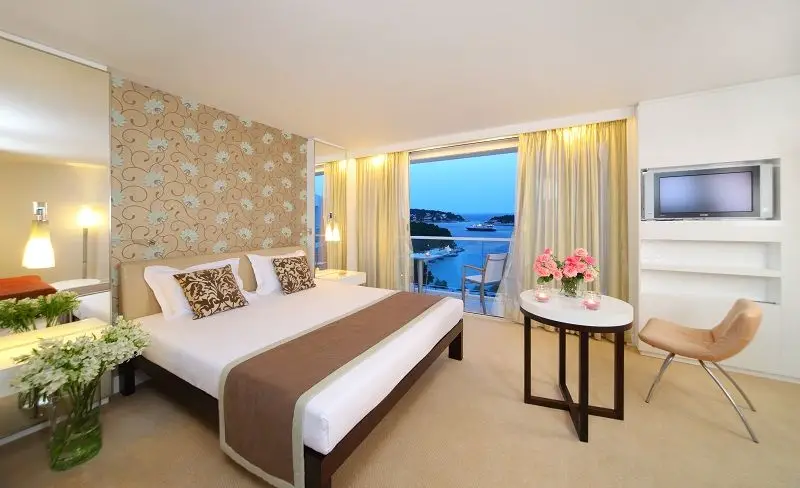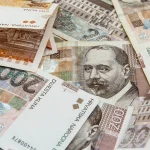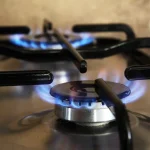June 4, 2020 — Will the cost of hospitality services in Croatia drop because of the coronavirus crisis?
Many hotels are still closed in early June, and restaurant terraces are mostly empty, according to Zadarski List. Yet there are no discounts, and prices remain fixed. This year there is no overbooking, but there is almost no collapse in accommodation prices. What gives? The director of Lošinj’s Tourism Board Dalibor Cvitković offered an explanation.
“The recommendations at our destination are that there is no need to lower prices compared to the same period last year, but to provide additional services, such as parking or something similar,” he said. “There will be offers, like six days plus one gratis, or three people, then the fourth gratis, and the tourist board will offer a free ferry in September, but there is no collective reduction of prices.”
Cvitković said Lošinj keeps prices steady because service is at a high level. Bookings are at 30 to 40 percent of last year’s figures.
“We are waiting for June 15, it is our D-day because the German government has recommended to its citizens not to go anywhere until then, and the Germans are our main market,” he said.
The price of an apartment for four people on Lošinj in the peak season ranges from 80 to 100 euros, and for a hotel room, depending on the view and the hotel, between 150 and 200 euros. In other words, about the same as last year.
In Split, prices range from HRK 600 to HRK 4,000 per night. In case you book an apartment for tonight, for two adults and two children in Crikvenica, in a hotel it will cost you around HRK 1,400 and in family accommodation from HRK 500 to HRK 2,000.
Lošinj and other destinations think September can offer a bounce-back, with the pandemic already waning a few months and restrictions completely eased.
The president of the Family Tourism Association at the Croatian Chamber of Commerce, Martina Nimac Kalcina, said that there are price reductions, but it depends in which parts of Croatia. Maybe not in Istria and on Lošinj, but Croatia has a sea all the way to Dubrovnik.
Prices across the board are lower about 15 percent, she said, but the distribution isn’t even. Istria’s prices have barely fallen, while other parts of Croatia’s coast have seen dips of around 20 percent.
“Owners of luxury villas are mostly reluctant to lower prices, except as discounts as part of certain promotions,” Nimac Kalcina said. “Domestic guests, if they come directly to the owner of the facility, can certainly lower the price, considering that there will be unfilled facilities this year.”
She predicted domestic guests could easily find available accommodation at prices 50 percent lower than last year.
Nedo Pinezić, a well-known tourist expert and employee, especially of family accommodation, said supply and demand dictate prices, not a mutual agreement among all accommodation owners. This oscillation started in 2016, as demand rose faster than supply, leading to a jump in prices.
Stagnation settled in last year, in the first half of July, Pinezić said, leading to a chain reaction of price cuts across the market. Most cuts start with the highest-end accommodations and trickle down. Pinezić called it the “greatest opportunity for discounts.”
“In the corona season of 2020, we still don’t know what will happen to demand or prices,” he said. “For now, we speculate that July, August and September will be “peaceful months” without the spread of the infection and that summer trips to the sea will be available. However, this summer there will be no guests from overseas destinations, nor those who will not be able to get a vacation, nor those who are in some way affected by the corona and post-corona crisis.
“The volume of demand will decrease, especially from more potent markets, which will increase the pressure to lower prices,” he concluded.












